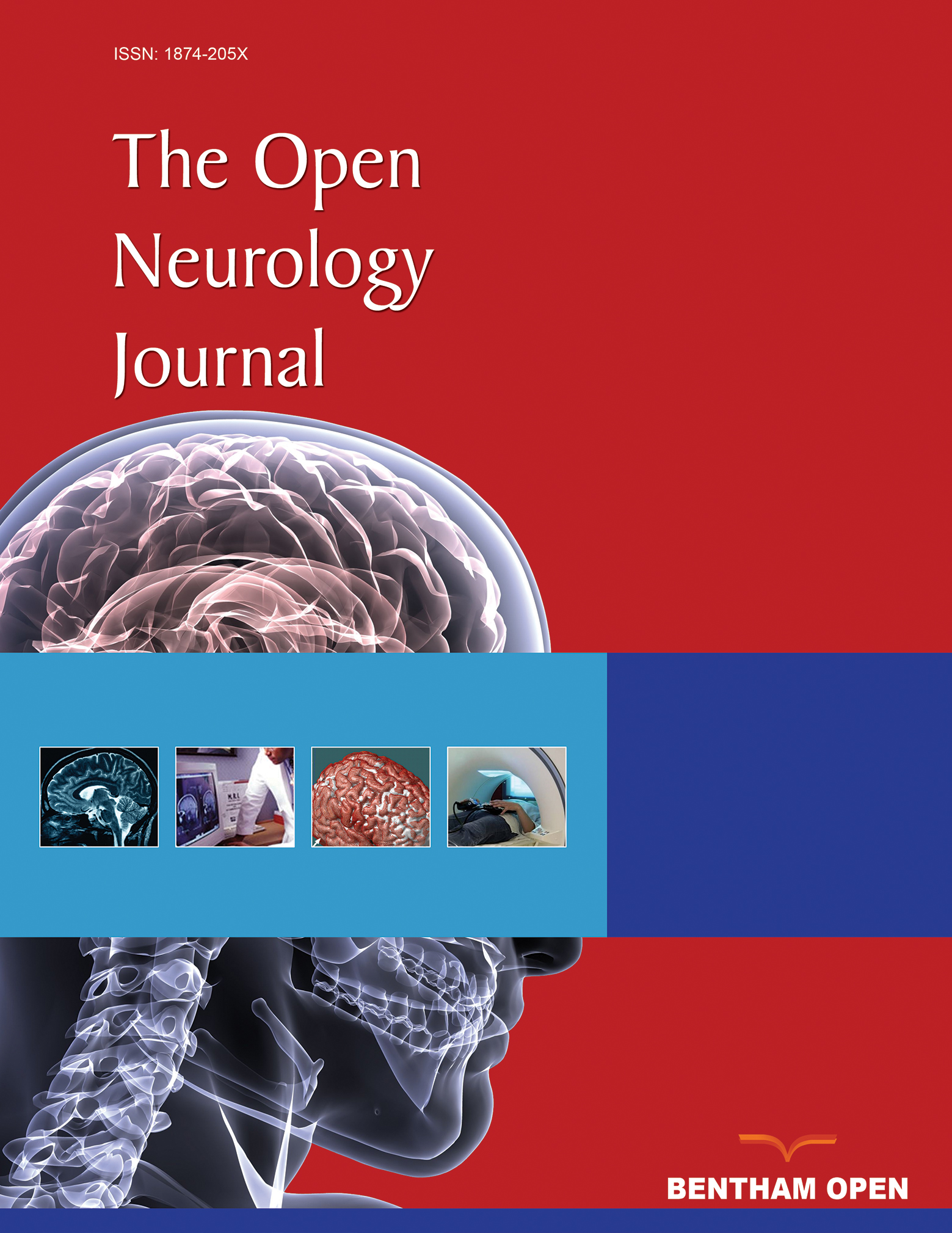Animal Models of Ischemic Stroke. Part One: Modeling Risk Factors
Abstract
Ischemic stroke is one of the leading causes of long-term disability and death in developed and developing countries. As emerging disease, stroke related mortality and morbidity is going to step up in the next decades. This is both due to the poor identification of risk factors and persistence of unhealthy habits, as well as to the aging of the population. To counteract the estimated increase in stroke incidence, it is of primary importance to identify risk factors, study their effects, to promote primary and secondary prevention, and to extend the therapeutic repertoire that is currently limited to the very first hours after stroke. While epidemiologic studies in the human population are essential to identify emerging risk factors, adequate animal models represent a fundamental tool to dissect stroke risk factors to their molecular mechanism and to find efficacious therapeutic strategies for this complex multi- factorial disorder. The present review is organized into two parts: the first part deals with the animal models that have been developed to study stroke and its related risk factors and the second part analyzes the specific stroke models. These models represent an indispensable tool to investigate the mechanisms of cerebral injury and to develop novel therapies.


